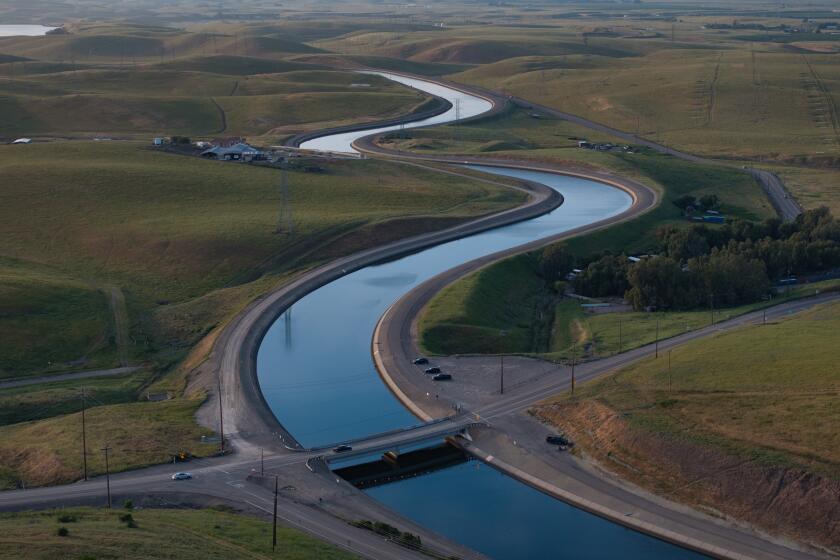Will this California drought result in another expansion of water-thirsty orchards?
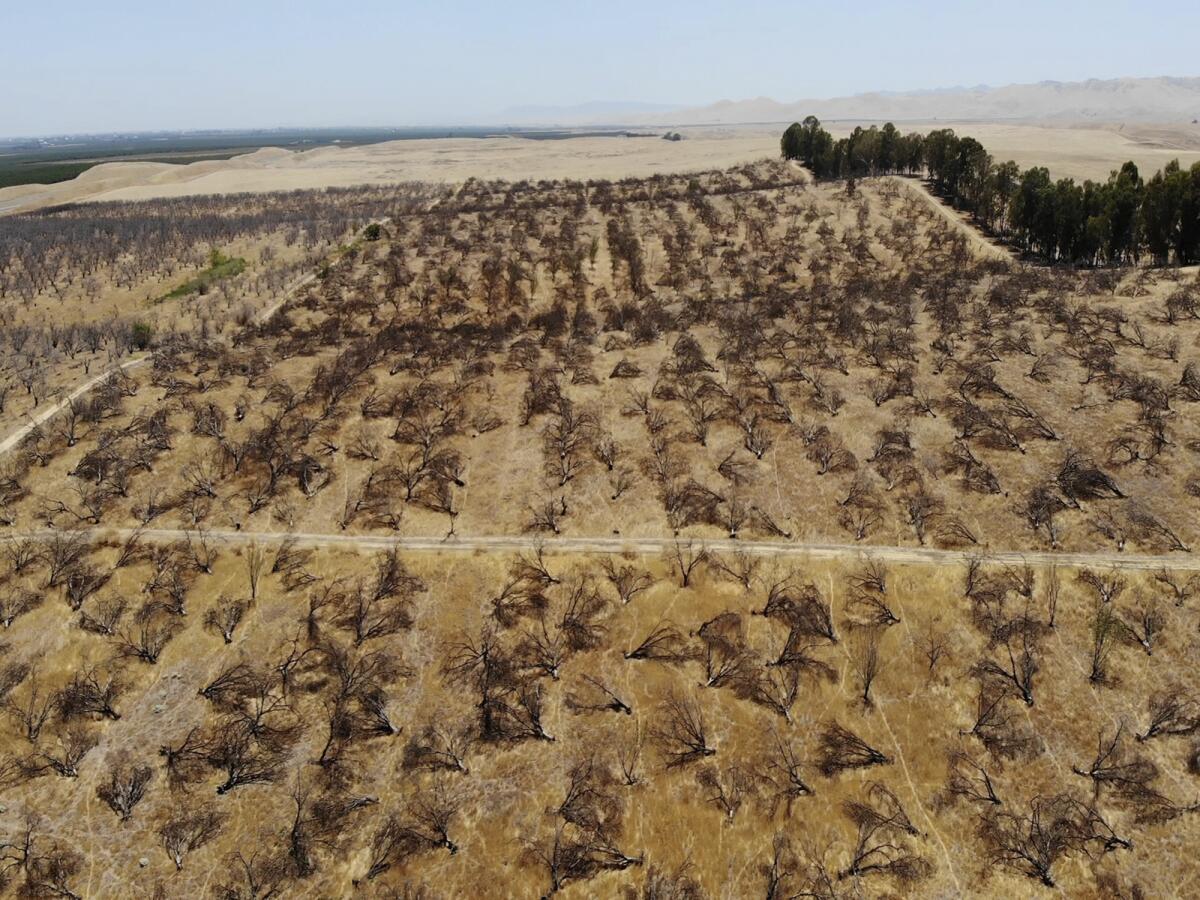
Good morning. I’m Stuart Leavenworth, editor of Boiling Point, filling in for the vacationing Sammy Roth. He will be back next week.
“East of Eden” includes John Steinbeck’s famous quote about California droughts:
“It never failed that during the dry years the people forgot about the rich years, and during the wet years they lost all memory of the dry years. It was always that way.”
In his 2019 book, “The Dreamt Land,” writer Mark Arax examines the state’s culture of forgetting and mythologizing, especially when it comes to water, farming and urban growth. As Steinbeck noted, Californians have a short memory of past disasters, and a history of building myths around our ability to innovate and adapt. One theme in “The Dreamt Land” is the state’s sprawling manifest destiny — cities gobbling up wildlands; orchards replacing foothills; civic boosters and farmers demanding that politicians “steal a river” and secure them water from vast distances, no matter the consequences.
The final chapter in the book is a conversation with a Madera farmer, whom Arax calls “the Oracle.” The two hop in the Oracle’s truck to see 2,000 acres of new pistachio and almond trees, planted after the last drought on degraded cattle land in the San Joaquin Valley, with the help of three wells each dug at least 500 feet deep.
“Agriculture in the valley was unsustainable in the 1920s, and it’s only gotten more unsustainable as we’ve made more money,” the Oracle says. “We’ve dealt with agriculture the same way we’ve dealt with housing. We’ve given it over to a pattern of sprawl. We’ve spread the resource of water farther and farther out until we became hooked on a deficit model.”
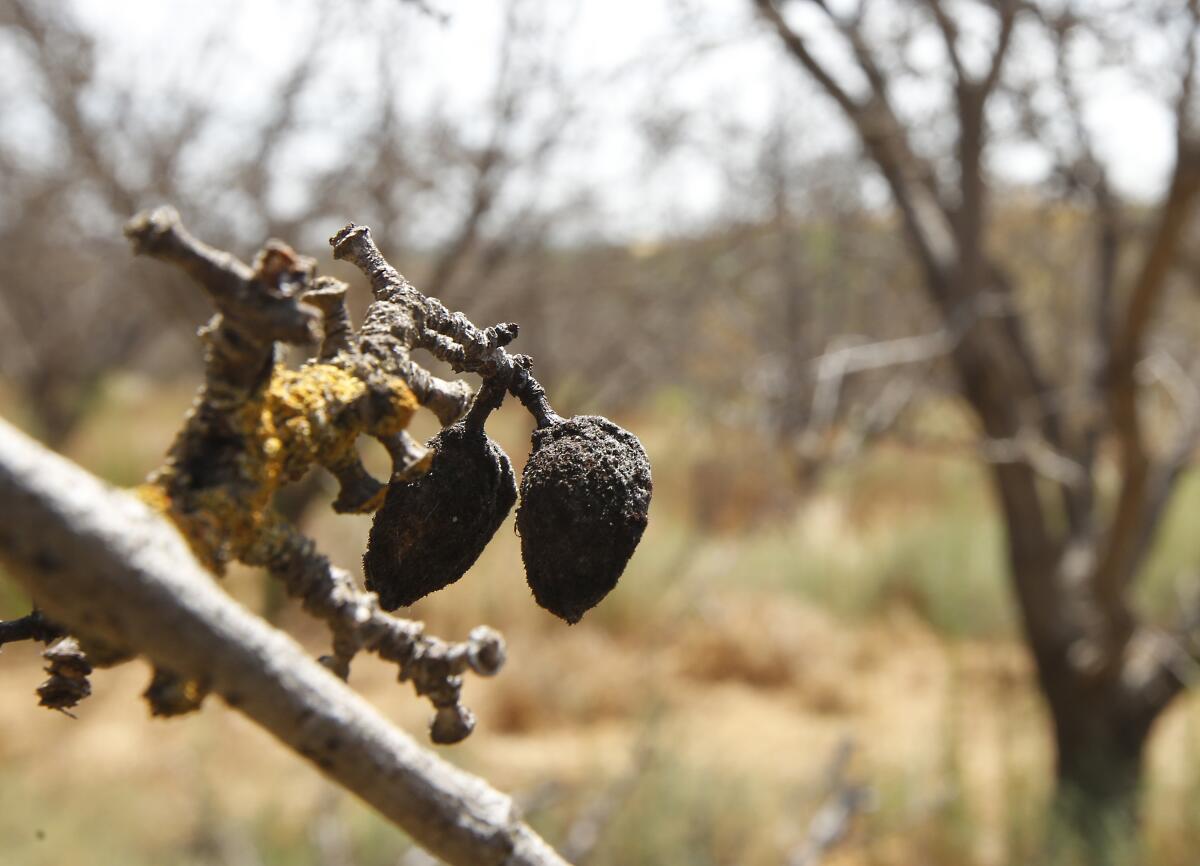
The San Joaquin Valley is a conservative place, with farmers reluctant to publicly question their collective practices. But Arax has a knack for finding truth tellers such as the Oracle — later revealed to be a nut grower named Denis Prosperi. In a more recent piece for The Atlantic, “The Well Fixer’s Warning,” Arax profiles Matt Angell, a well driller the author describes as a “agrarian Cassandra,” stunned by how farmers keep drilling more wells, deeper and deeper, as if the San Joaquin Valley sits atop a bottomless underground lake.
“Drought on top of drought. Climate change on top of drought. And our response is always the same,” Angell said. “Plant more almonds and pistachios. Plant more housing tracts on farmland. But the river isn’t the same. The aquifer isn’t the same.”
A former staff writer for the Los Angeles Times, Arax is the author or co-author of four books and a native of Fresno, my hometown. He’s one of a small number of writers — the late Gerald Haslam was another — who’ve devoted themselves to chronicling and understanding the Central Valley, and its place in California history.
Will this be the year that California finally reckons with its past and climate changed future? You’d think so, as wildfires threaten Lake Tahoe and reservoirs dry up after two dry winters. Arax is not so sure.
My interview with him has been edited for clarity and brevity:
ME: With this current deep dry spell, do you sense anything has changed? That orchard farmers recognize they can’t keep expanding with so little water available?
ARAX: As an aggregate, agriculture is defying all logic. There’s a kind of delusion that my book speaks to — a kind of a communal madness. Here we are, in the midst of the driest 10-year period in California’s recorded history, and we’re planting ever-more crops and trees on poor ground, which requires deep, deep extraction from the aquifer.
At the same time, the sprawl of agriculture is matched by a sprawl of suburbia. We’re planting houses in the path of wildfire, even as wildfires are burning down the previous suburbia we planted.
ME: To what degree does mythology contribute to this problem — you know, quotes like “California farmers feed the nation?”
ARAX: Well, we’ve always sold our myths to the world. It started with the Gold Rush. And then those same industrialists — the few that made money off gold — went into farming, first planting wheat and then diversifying.
It used to be that we farmed 230 distinct crops, but it has become more and more a monoculture. In the driest decade of California’s recorded history, we planted hundreds of thousands more acres of almonds and pistachios. Those are permanent crops, meaning that they need water every year. The lesson of drought should be to get smaller, and smarter. But these guys have gotten bigger.
So now you see these journalists parachuting into the valley, writing “woe is the farmer” stories, taking photographs of trees being pulled out of the ground. But the reality is that farmers, the big farmers, have courted this disaster.
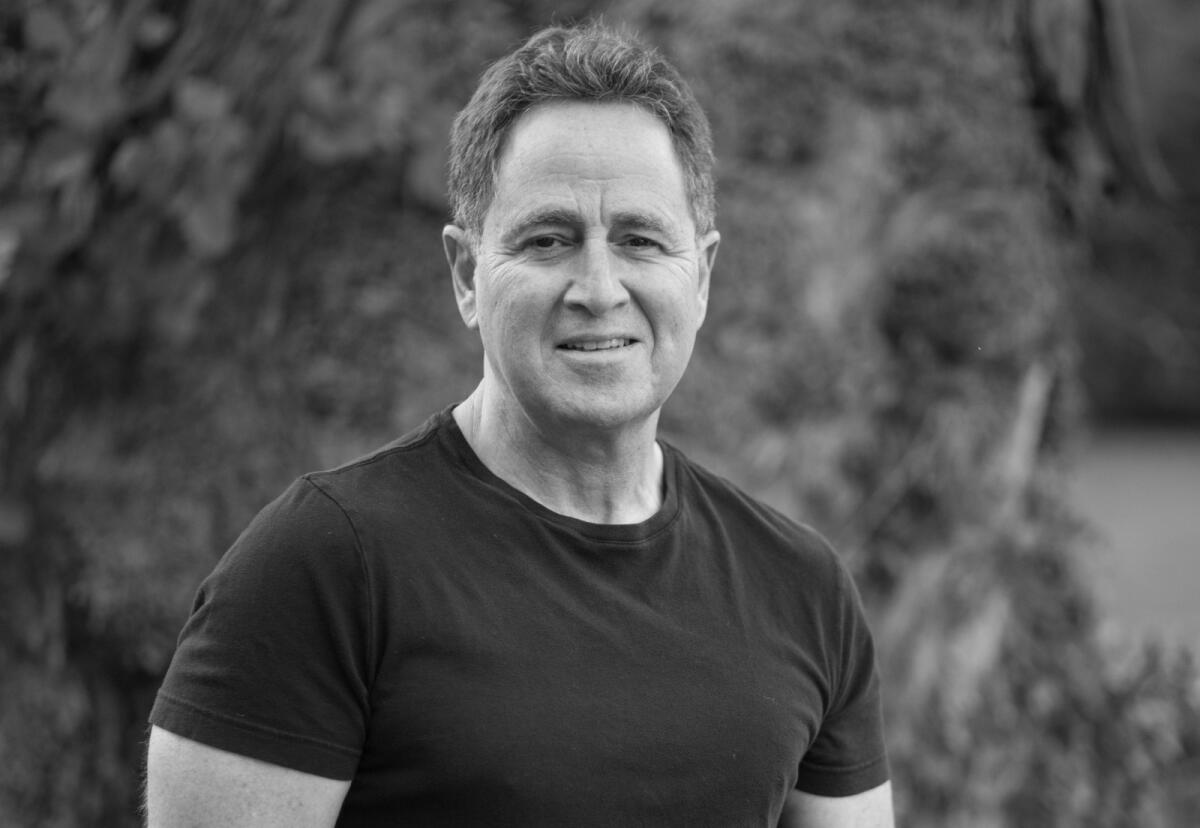
ME: But there have been some changes since the last drought. One is California’s new groundwater law, intended to warn farmers to reduce future acreage. Is that happening?
ARAX: It’s been the precise opposite. The problem is the law itself, which won’t reduce the lion’s share of groundwater pumping for another 20 years. It granted the growers a very long reprieve. As a result, over the course of this drought, you are seeing thousands of new wells dug into the ground. So we set in motion a process that some would say was unintended, but should have been expected. That is the tragedy of this law.
ME: In your book, you mention another hallmark of progress — drip irrigation — that has had unintended consequences.
ARAX: Drip irrigation was supposed to save water. But the paradox of drip is it has resulted in more water being used, because it increases the yields and profits a farmer can make off nuts and other crops. So now you have water and chemicals being fed into the root zone through that umbilical cord, the drip line, and it allows growers to expand their orchards onto poor soil.
ME: You’re right. State data shows that almond acreage in California jumped 63% between 2010 and 2020, despite the last drought. But it’s not just almonds, right? Other sectors of agriculture have expanded.
ARAX: We are the dairy capital of the world. We have all these mega dairies. But can we sustain that? These big dairies don’t employ a lot of folks. They pollute the groundwater, the air. And the crops they rely upon, alfalfa, suck up a lot of water. So we are looking at a day when California’s “happy cows” will maybe need to go somewhere else to be happy.
ME: How about you, as a backyard farmer. How have you had to adjust to climate change?
ARAX: I make this fantastic Armenian sun jam with apricots. In 2014, these trees, amazingly, started blossoming in January, way too early. We had such a mild winter the trees thought it was spring. And early that year, the branches were loaded. I thought, I am gonna have a hell of a harvest. I started counting my mason jars, all the stuff you are not supposed to do to jinx it.
When I went out to the yard in April, hundreds of baby apricots were on the ground. Not a single fruit had held. How do I explain this? So I called up my buddy, a farmer, and we drive out to his pistachio orchards, and the same thing was going on there. Male pistachios are needed to pollinate the females, but the males and females were completely out of sync. He told me in 35 years of farming, he had never seen such a mismatch. So I asked him, what is it?
He told me — and this was back in 2014 — “It’s global warming, Mark. We didn’t get enough chilling hours in winter.”
That reminded me of something my grandfather, a farmer and poet, had passed onto me. He said, “The apricot has to know the chill of death in winter, to know how to hold onto life in spring.”
So climate change is even changing the trees themselves.
ME: And what’s happened to your trees since?
ARAX: I ended up selling that house and my backyard garden a year ago.
On that note, here’s what else is happening around the West:
TOP STORIES
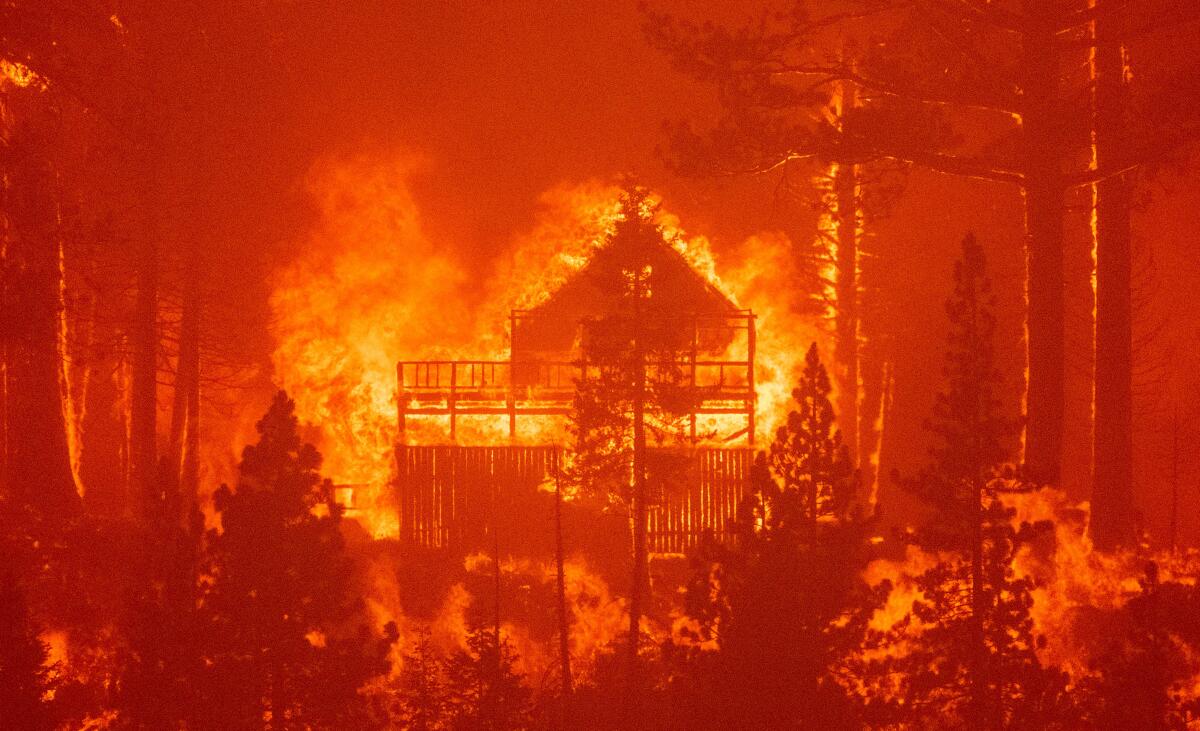
South Lake Tahoe remains threatened by the explosive Caldor fire, which has raced over the crest of the Sierra, destroying hundreds of homes and imperiling thousands more. As of Wednesday, the wind-blown blaze was skirting the most populated part of South Lake Tahoe, but was still moving erratically in multiple directions, complicating a massive response by fire crews, as my colleagues Anita Chabria, Ruben Vives, Hayley Smith and Joe Mozingo report. Tens of thousands of people have evacuated, as Smith and Alex Wigglesworth note. Fortunately, firefighters have been preparing for this disaster for years, due largely to Tahoe’s long history of wildfire vulnerability.
Smoke from the Caldor fire and other California blazes has produced dangerously unhealthy air pollution in parts of the state and Nevada, The Times’ Hayley Smith reports. This satellite imagery shows the scale of the smoke plume wafting from the state. How can you protect yourself from the smoke? My colleague Karen Garcia has some tips on that health question. All the ash and smoke produced by the fire further threatens the clarity of Lake Tahoe, as Rachel Becker reports for Cal Matters.
For the second year in a row, the wildfire threat has prompted federal officials to close all national forests in California, as The Times’ Gregory Yee reported. My colleagues Christopher Reynolds and Mary Forgione offer some outdoors tips for Southern Californians forced to scrub their Labor Day plans. It’s another blow for the Sierra tourism industry, with Tahoe hit especially hard, as Dale Kasler, Ryan Sabalow and Jason Pohl report for the Sacramento Bee.
Don’t forget the role of climate change in contributing to this year’s uncontrollable blazes. That is one takeaway from this sweeping overview of California’s climate change nightmare, written by Dale Kasler and Margot Rosenbaum for the Sacramento Bee. The story notes that climate change doesn’t start wildfires, but the dry winters, rapid evaporation of snowmelt, high temperatures — day and night — and low humidity are all palm prints of a warming atmosphere.
WATER AND DROUGHT
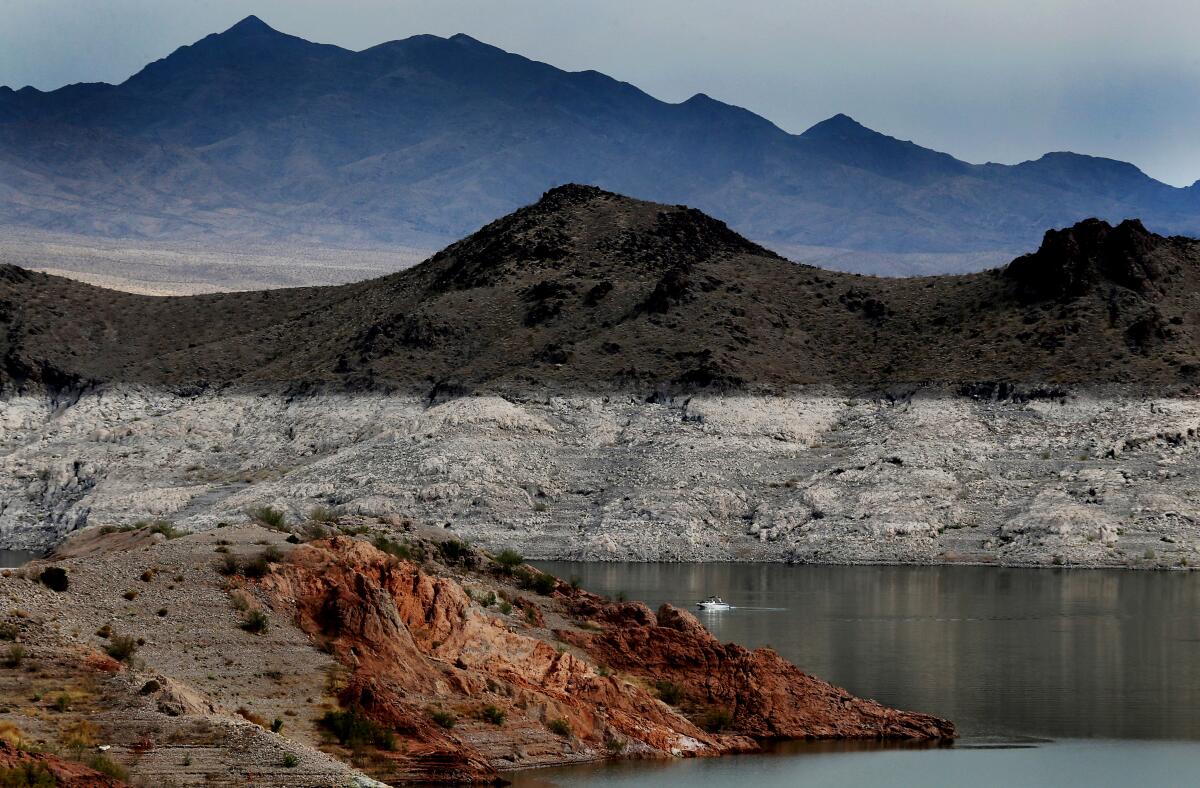
40 million people rely on the Colorado River. It is drying up fast. That’s the headline on this Pro Publica story by Abrahm Lustgarten, examining the causes and consequences of epochal drought that is downsizing one of the world’s most controlled and litigated rivers. “Like the record-breaking heat waves and the ceaseless mega-fires, the decline of the Colorado River has been faster than expected,” Lustgarten writes. To save water for urban areas, California farmers with rights to Colorado River water will be paid $38 million over three years to fallow their fields, Janet Wilson reports for the Desert Sun.
Not all farmers are suffering from water restrictions, or fallowing fields amid the drought. Ari Plachta, an intern for The Times, writes about rice farmers in the Sacramento Valley who have senior water rights and are going unscathed amid another dry year.
“The planet is warming, and the waters are changing. Rising ocean temperatures have upended marine ecosystems. Drought and record-breaking heat are drying up the rivers where salmon hatch before migrating to the sea.” That’s the context for a poignant dispatch by my colleague Hailey Branson-Potts, who traveled to Fort Bragg to profile Capt. Dan Platt, a skipper adapting to climate change. Meanwhile, on the Columbia River, the number of steelhead returning this year is the lowest ever recorded, reports Bradley W. Parks, of Oregon Public Broadcasting.
THE ENERGY TRANSITION
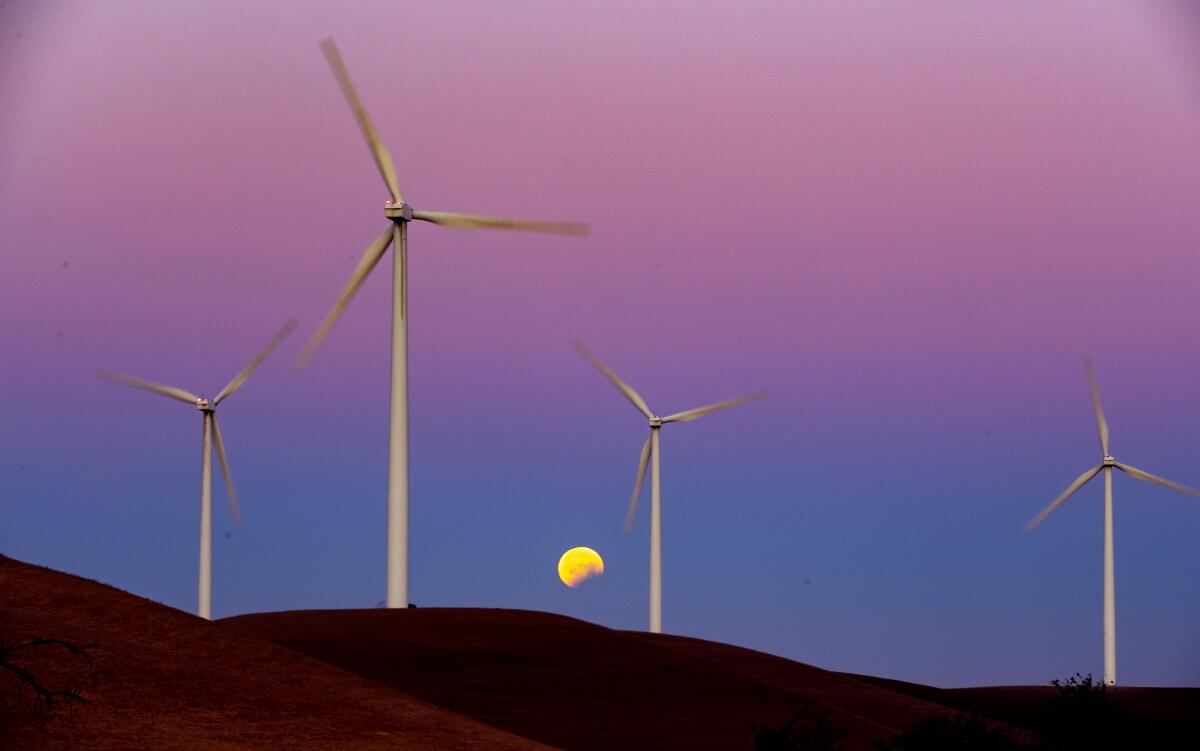
In New Mexico, a company is nearing completion on a mammoth wind farm, Kevin Robinson-Avila reports for the Albuquerque Journal. Nearly all the power will be sold to California, helping the state with its clean energy goals. This comes as the Biden administration is pledging this year to increase the United States’ use of offshore wind energy, with a goal of doubling use by 2030 to a level that would power about 10 million American homes annually, as my colleague Celina Tabor reports.
The picture keeps getting darker and darker for coal power. Warren Buffett’s PacifiCorp says it will shut down all of its Wyoming coal plants by 2039, despite attempts by state lawmakers there to save the coal industry, as Nicole Pollack writes for the Casper Star-Tribune. To the south, a century-old power plant in downtown Colorado Springs will stop burning coal this week, and close for good, Ali Budner reports for Colorado Public Radio.
What do you want to know?
When you think about California’s climate future, what comes to mind? What keeps you up at night, and what gives you hope or gets you excited? What do you want to understand, and what should I?
This newsletter is for you, to help you understand how we’re changing our world and what we can do about it, and I want to hear your questions, concerns and ideas. Email me or find me on Twitter.
ONE MORE THING
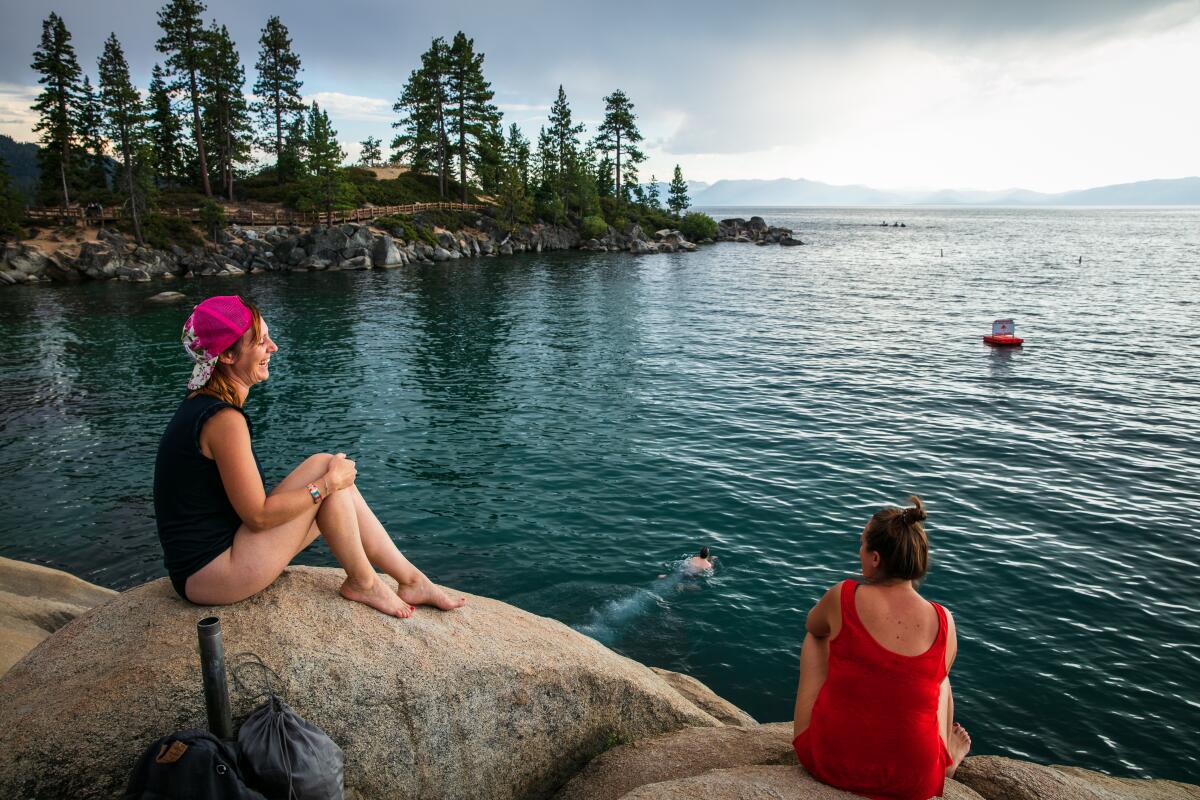
The closure of California’s national forests is heartbreaking for many, coming right before a holiday weekend. Its also a reminder of the need, amid a changing climate, to alter some cherished rituals.
Last year, colleagues and friends invited me to join an annual backpacking trip to Dardanelles Lake, a serene Sierra spot south of Tahoe, where they go each year the weekend after Labor Day. After being locked down for months during the pandemic, we were all excited to get out in the wilds.
But at the last minute, the U.S. Forest Service closed forests around Tahoe, and others, due to fire risks. We canceled our trip.
This year we vowed to make it happen. Then the Caldor fire hit. Federal authorities again closed off the backcountry near Tahoe. We scrambled. One of our group was able to obtain a backpacking permit for a gorgeous lake in the Inyo National Forest, in the Eastern Sierra. But then the feds closed that forest too.
I don’t begrudge the Forest Service for taking steps to reduce fire ignition risks, and avoid evacuations. Extraordinary measures are needed in this extraordinary time.
We just have to adapt. Our backpacking troupe is already discussing next year’s trip — and changing the timing from September to May.
And we may need to pick a spot other than Dardanelles Lake. The Caldor fire appears headed that way.




